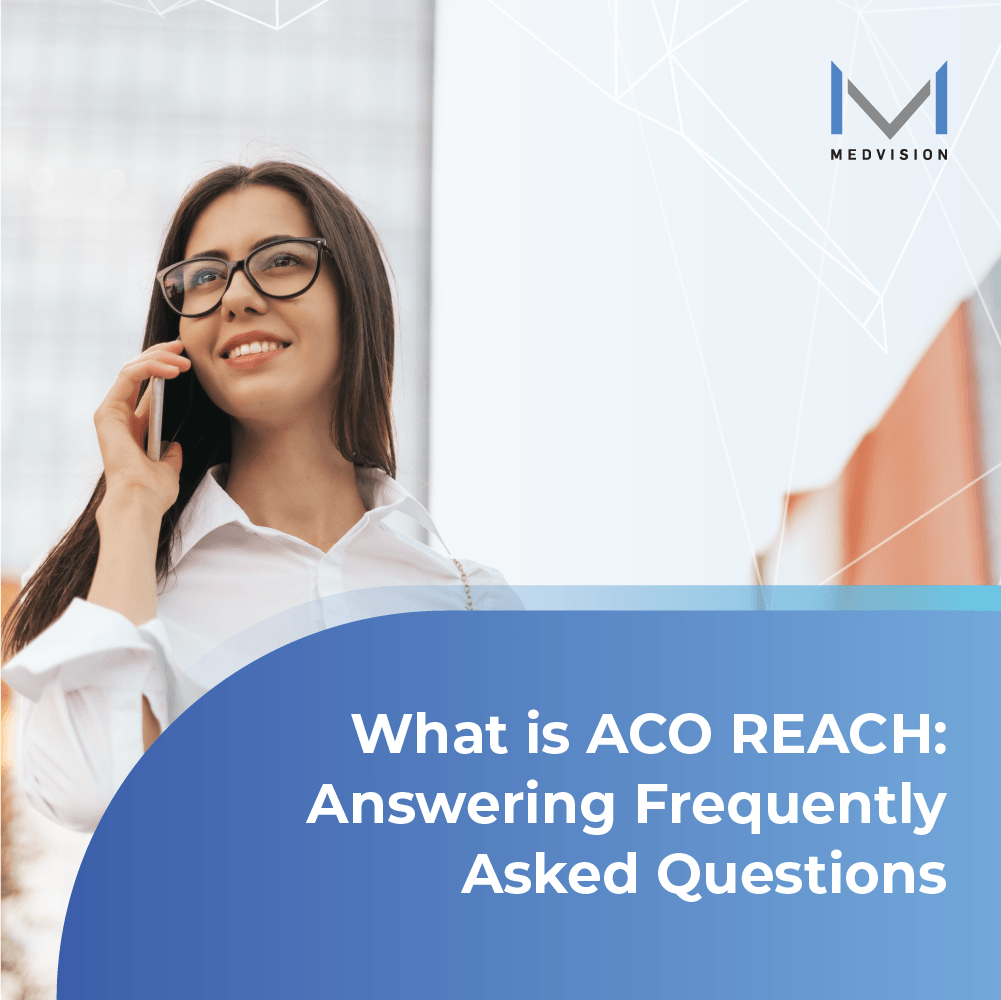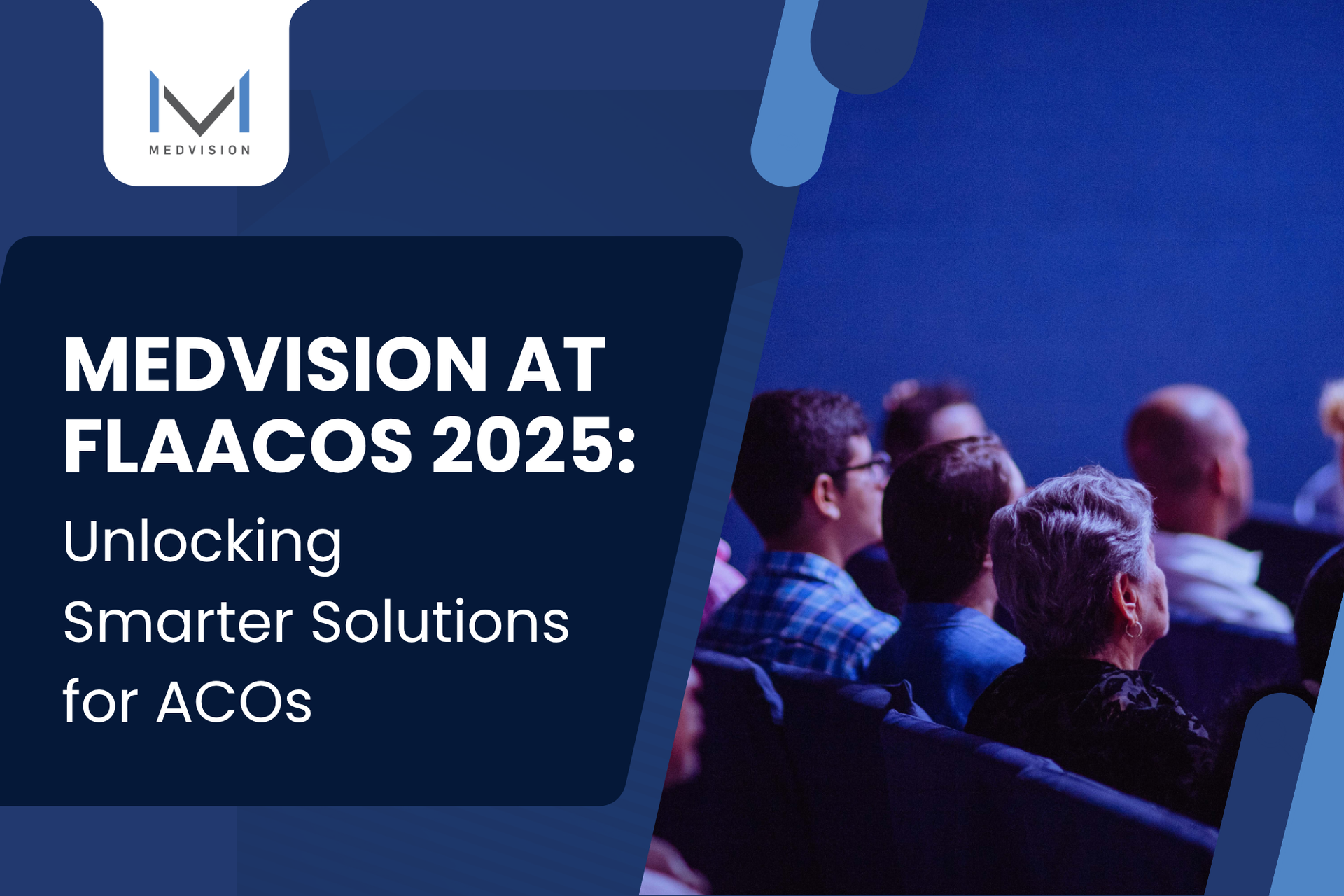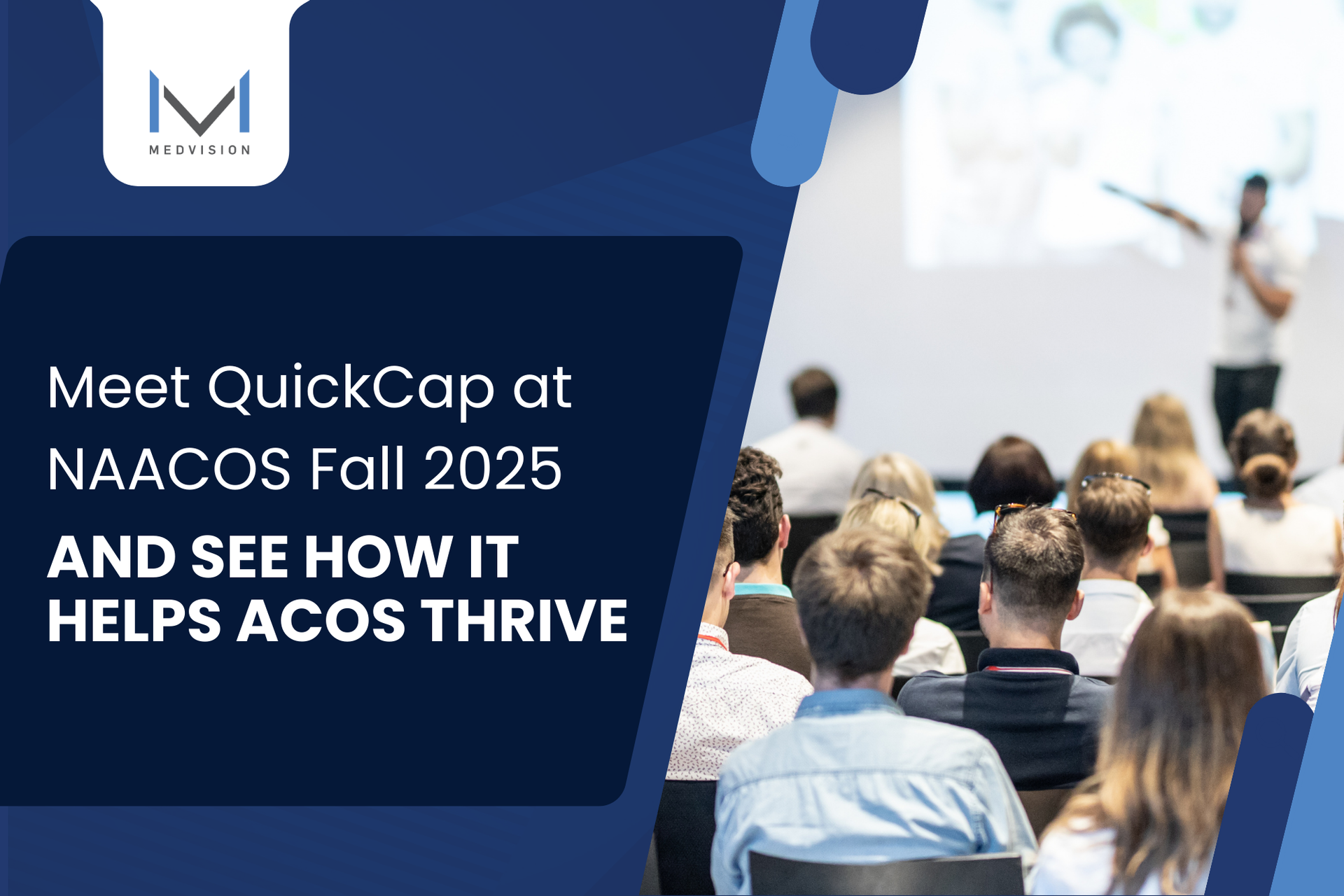Direct contracting, the most recent alternative to a fee-for-service (FFS) structure, is both the darling and the stepchild of U.S. contemporary healthcare. -- It’s called the darling because the Center for Medicare and Medicaid Services (CMS) has been obsessed with cost-effective care for more than a decade.
Meanwhile, it’s referred to as the stepchild because the success of participants lies squarely upon the impact of collaboration and risk-enhanced accountability.
Despite its complexities, this framework underscores the importance of quality over quantity. It also motivates healthcare organizations and other providers to improve care quality while reducing operational costs.
Both value-driven outcomes are correlated. Incentives are rife. However, direct contracting arrangements must derive from strategic approaches that foster patient satisfaction, preferably in line with preventive and health promotion initiatives.
The goal is simple:
to improve efficiency, results, and cost-effectiveness. Yet there is more to direct contracting than meets the eye.
The race for advancing clinical transformation and value for stakeholders (payers, providers, and patients) magnifies the need for smoother care coordination and supportive population health initiatives, creating economies of scale for their overall value-based payment strategy.
Achieving Success in Direct Contracting
The CMS Direct Contracting model offers flexible pathways to value-based healthcare. Providers are required to accept between 50 percent and 100 percent one-sided and two-sided risk for traditional Medicare beneficiaries.
It sets an evolution from previous Accountable Care Organization (ACO) models, assigning more emphasis to tougher payment methodologies and associated levels of risk.
Unexpected mistakes from previous models are also helping CMS redefine new industry priorities,
giving avoiceto patients in the management of value-based care.
In fact, this model enables patients to engage with the Medicare provider of their choice, particularly those that meet their evolving needs.
For that reason, organizations and providers participating in direct contracting will need to carry out the following practices:
- Quality assessments
- Cost control measures
- Optimal referral patterns
- Patient-first experiences
These practices will not only help direct contracting programs to build efficiencies throughout the care continuum, but also enable providers to measure and exceed patient expectations at the lowest reasonable cost.
Other benefits include:
- Maintaining care within the network
- Delivering quality, personalized care services
- Staying on top of unnecessary operational costs
However, the journey can be daunting, let alone bumpy whenever theory meets execution. From diving into data to mastering engagement, we grouped five tips on how to take your direct contracting model to the next level.
Choose The Right Model
The first step for every direct contracting participant is to choose among three models including: standard, high-needs, and new entrant. All models contain two levels of risk (global and professional), and two types of capitation methods (primary care and total care).
Proactive participants also need to assess their current population health infrastructure, develop a comprehensive financial pro forma, and delineate beneficiary attribution throughout the internal provider network.
Exploit the Power of Data
When it comes to decision making,
data is king. For example: data could help your team determine the right strategies to meet risk-associated benchmarks or identify under-performing activities within the network.
Participants can also find out which providers are contributing to the bottom line, and/or come up with a shared savings program that suits everyone’s needs. More importantly, there is enough room for making data-supported projections and envisioning opportunities over the long run.
While data makes our lives easier, it is incredibly important to use the right analytics and dashboards to measure success down the road. Pay close attention to your key metrics, communication methods, performance reports, and the accountability rules you have in place to stay ahead of the game.
Develop a Powerful Provider Network
A shift towards value-based care requires in-network participants to display cohesion and demonstrate ability to drive attribution, assimilate the newly implemented payment model, participate in benefit enhancements, and remain accountable for performance.
At a strategic level, every organization within the network should be aligned with the core financial motives, incentives, and value-based
payment approaches required to succeed in direct contracting.
In simple words, network alignment is crucial to ensure every participant is on the same page and remains fully educated about your value-based payment strategy.
Engage with Providers
Keeping providers engaged can be challenging. Your direct contracting program needs to ensure all providers within the care delivery network follow and understand the context behind your value-based payment model. This level of engagement secures cohesion and redirects efforts towards a more efficient coordination of care.
To fuel engagement, there are also creative tools you can use to ensure providers are receptive and stay fully onboard with your value-based payment model. For example, one direct contracting program relies on virtual assistance to ensure in-network providers understand and remain engaged with the newly shared vision.
Boost Patient Engagement
The best way to secure positive engagement impact is through effective communication. A recent study on patient engagement during Covid-19 found that patients favor lasting patient-provider relationships, convenience at every medical touchpoint, and personalized services to determine what is best for their health.
With that in mind, develop marketing outreach programs to keep beneficiaries not only informed about their choices, but also aware of your patient-first philosophy.
Do You Have What It Takes to Succeed in Direct Contracting?
Actions speak louder than words. Your organization needs to determine in advance whether they have what it takes to meet the newly set business demands when signing up for direct contracting.
From assessing capabilities to identifying the right level of care, we encourage you to take the bull by the horns and explore a new path towards better patient journeys.
That said, MedVision offers the all-in-one value-based solution,
QuickCap 7, you need to streamline your workflows, make data-driven decisions, improve your financial outcomes, and more importantly, achieve your business goals in the modern healthcare industry.














